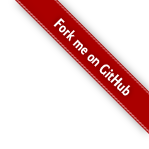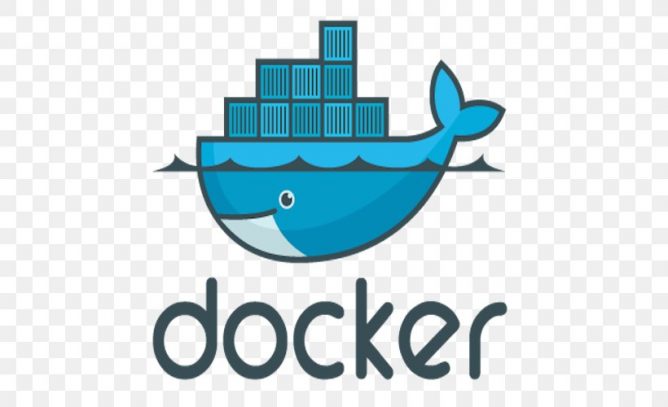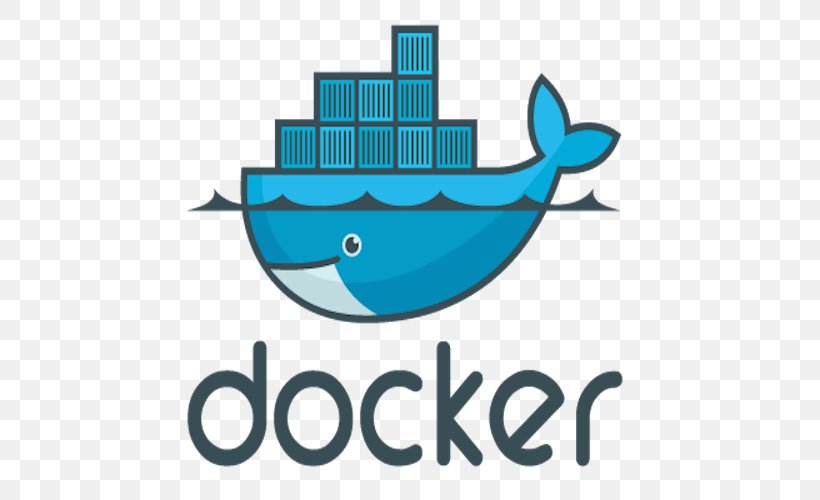 What a difference a year makes… and I ain’t dead (yet). Long time, no post. Suffice it to say it has been a very busy year, with a lot going on, both professionally and personally, both good and bad. But, I won’t go into that here.
What a difference a year makes… and I ain’t dead (yet). Long time, no post. Suffice it to say it has been a very busy year, with a lot going on, both professionally and personally, both good and bad. But, I won’t go into that here.
AI is the new hotness, as has been remarked. A lot of my day job now involves AI in some form or another, and indeed, the field of Structural Biology leads the way on a lot of the technological adoption. Notably, things like AlphaFold for AI based structural predictions, but also, some of the stuff I’m more directly involved with which aims to build a model for improved fragment based drug discovery. More on that stuff in due course.
Compared to that, this little thing I put together while bored during a meeting today may not be earth shattering, but as a proof of concept I think it does start to address a problem we on the ARIA team have faced for a little while.
Namely, our catalogue is very well placed to allow people who know what they’re after to get what they want, but not if they want to, for example, find something out but have no idea how to go about it.
Previously, we had used human experts, and even played with a live chat feature. None of this really scaled very well, but now we’ve got fancy pants AI, I figured I’d give it a try!
My thinking on this is fairly simple, the first step is to make sure all the services in ARIA have good descriptions, including down to what each machine can and can’t do. The better the description, the better the results from the model.
The second is to feed this context into the prompt, and instruct the AI (via the new fangled technique of prompt engineering) to act as an expert and set the parameters according. For example, to instruct to only recommend information in the context, and to provide, as a result, a list of suitable application URLs (which in reality will allow the user to directly apply for the service).
I also instructed the AI to consider how it could connect services together into a pipeline, as well as to consider alternative recommendations.
Proof of concept right now, but already I’m getting possibly interesting results. I’ve got more tedious meetings coming up, as well as a fair amount of sitting in airports, so my plan is to wire this up with a chat interface and let real scientists play. No doubt we’ll have to tweak the prompt a number of times as we go, but as a first play with the technology I think this was a morning well spent!




 Writing this here, since it caused some issues at the Day Job, and took a little bit of work to debug. Hopefully this will save some of you some time, and will jog my memory should something like this happen again.
Writing this here, since it caused some issues at the Day Job, and took a little bit of work to debug. Hopefully this will save some of you some time, and will jog my memory should something like this happen again.